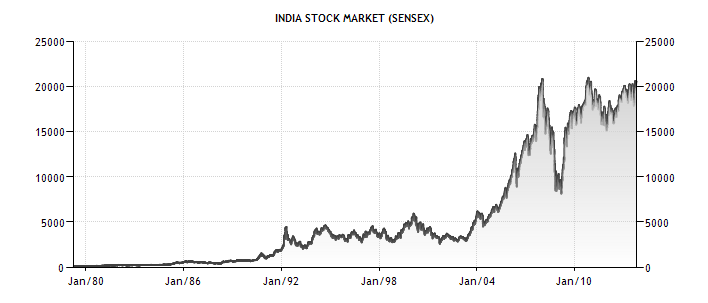How To Create Your Long Term Investment Plan
Post on: 2 Июнь, 2015 No Comment

Floating through life without an investment plan is like taking a ship out to sea without any navigation or communication tools. You are bound to get tossed around by poor weather at some point. As a result you can get lost at sea very easily. And when that happens, the chances of running aground rise fast.
Investment plans keep you on track while defending against your own emotions. Hasty and emotional investment decisions tend to be poor ones that can cost your dearly for many years. An investment plan – one you actually stick to – is a key asset to protect your portfolio from you.
What Factors Influence an Investment Plan?
Here are four factors to consider as you build your plan:
Your Goals
Every portfolio must have a goal it is focused on. The ultimate goal might be to know how much you need to retire. If thats the case, you should keep that question front and center whenever you make an investment. Without a goal you are aimlessly investing. Youll be tempted by high risky returns when a simple bond portfolio might do. Or the flip side of that: you might need to take on more risk to reach your goals, but if you are frightened, your emotions might keep you invested in cash.
Goals help define multiple aspects of your investing journey:
- How much you need to save
- What rate of return you will need for that savings rate
- How much risk you need to take to get that desired rate of return
Without goals all is lost. I dont mean to be dramatic. But its true amigo.
Your Risk Tolerance
Your investment plan you that risk is part of the deal when you invest risk. Thats important when things go haywire. When it feels like the world is crashing around you it can be difficult to discern what your risk tolerance is. You might want out no matter what. But by defining your risk tolerance beforehand, you are better equipped to stay on track. The simple act of thinking about risk before you are in a crisis can prevent big mistakes.
Your Desired Rate of Return
Defining what rate of return you want to receive from your portfolio is a gentle reminder of the risk level you may need to take in order to reach your goals.
This can prevent poor decisions in either direction of the risk/reward scale:
If you are a super saver and need just a 4% return each year, this reminds you to construct a portfolio that takes on less risky investments.
If you have loftier goals or cant save as much, you might need a higher return. This helps remind you to stick with investing even during volatile markets.
Your Asset Allocation
Asset allocation is how you structure your portfolio. You define what percentage of assets go to large growth stocks, small value companies, emerging market companies, government bonds, and everything in between.
Again, this all ties back to your goals, desired rate of return, and tolerance for risk. Someone needing a high rate of return with a high risk tolerance could structure their assets to have a high percentage in equities. The risk averse person would weight their portfolio toward AAA corporate bonds and Treasury bills. Each has to understand and accept the trade-offs of course.
Having a defined structure helps you avoid the urge to invest in the next “hot, sure to never go down” investment. Once you have a plan, you say knet if the potential investment doesnt line up with your allocation and risk acceptance.
Final Thoughts
Talking about creating an investing plan is great. Creating an investing plan is much better. But both are worthless if you dont actually use the plan regularly.
Make the utilization of your plan a regular part of your financial life. Review it annually to keep yourself on track. You and your portfolio will be better off for it.
Do you have a long-term plan? How do you use it?














